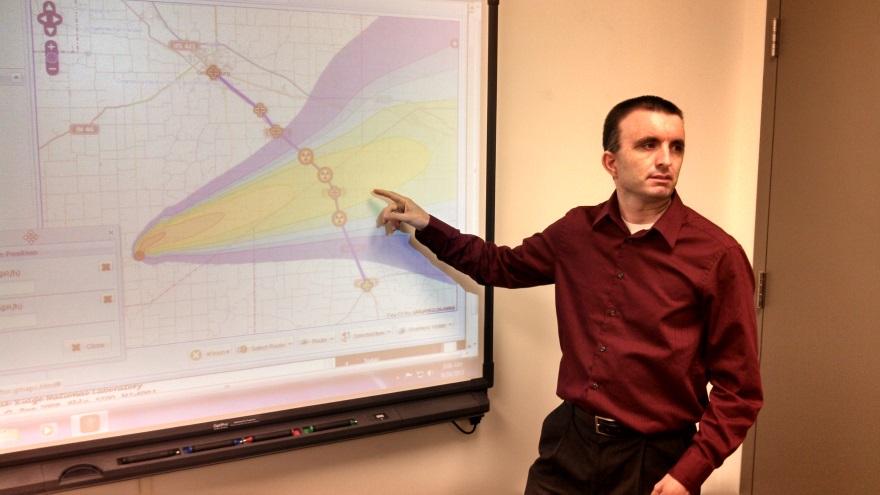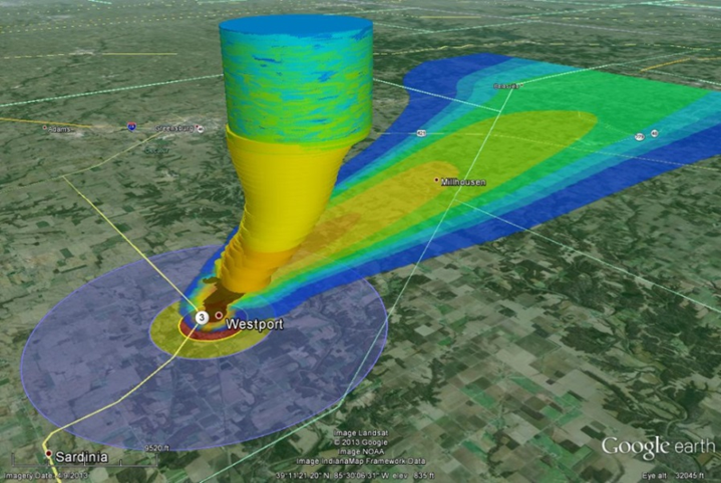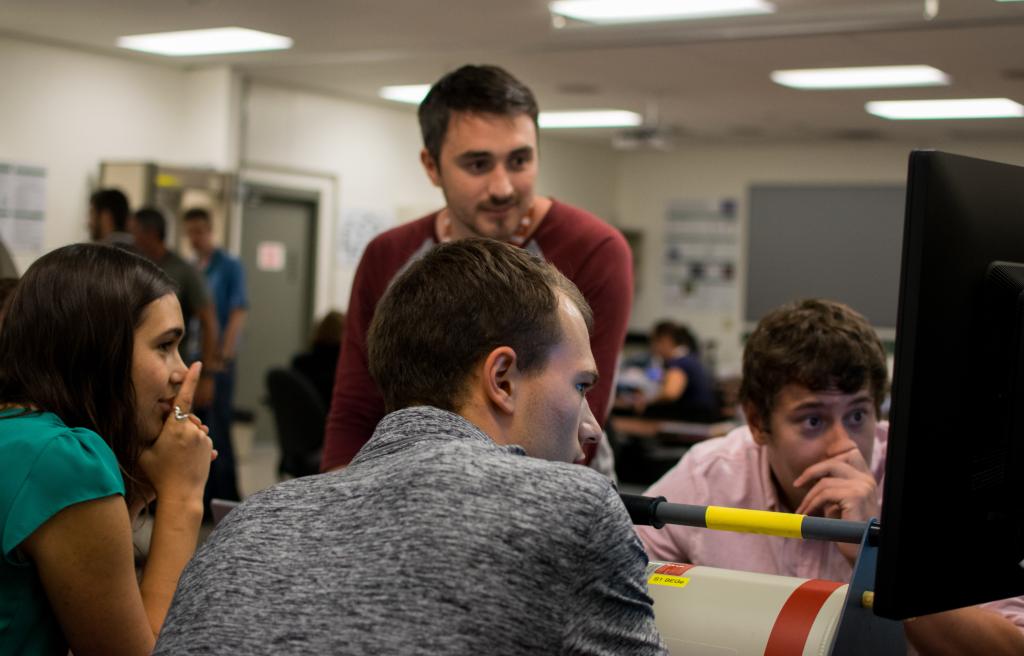Nuclear Security Modeling

The mission of the Nuclear Security Modeling (NSM) Group is to create focused tools and provide detailed analysis and solutions on emerging, difficult, radiological questions to the Department of Energy, Department of Defense, Department of Homeland Security, intelligence agencies and the national security community using state of the art modeling and simulation.
The NSM Group is comprised of technical staff and post-doctoral research associates, performing research and development for the National Nuclear Security Administration, the Defense Threat Reduction Agency, and other DOE and strategic partnership agencies. Within NNSA we support the Offices of Defense Nuclear Nonproliferation R&D; Nonproliferation and Arms Control; Nuclear Forensics; and Nuclear Incident Response. NSM employs engineers and scientists with security clearances that can work on today’s most pressing sensitive and/or classified national security problems.
What We Do
The NSM Group conducts research in three main areas:
Radiation Transport Modeling
NSM performs large-scale 3-D radiation transport calculations with deterministic, stochastic and hybrid transport methods. Applications include:
- simulations of weapon detonations in cities to evaluate prompt radiation doses to civilians, determine the shielding effectiveness of buildings, and develop methods to determine nuclear forensics information from easily measured effects;
- simulations of a radiological/nuclear source in cities to evaluate search feasibility and strategies, develop synthetic data for detection algorithm testing;
- simulations and inverse methods for emergency response to determine the source and shielding for an unknown radiological/nuclear object; and
- source term characterization for radioisotopes or spent nuclear fuel.
Nuclear Reactor and Fuel Cycle Modeling
NSM applies the latest software tools developed at ORNL and across the national security complex to model aspects of the nuclear fuel cycle to include:
- simulations of 3D reactor operations, high fidelity neutronic models, plutonium production in reactors, and HFIR operations;
- modeling of uranium enrichment capabilities, cascade models, and safeguards assessments; and
- mathematical modeling and simulation of statistical methods including classification and Bayesian analysis, optimization, and inverse problems.

Nuclear Weapon Fallout Modeling
NSM conducts R&D into the physical, chemical, and radiological properties of fallout from historic weapons tests to apply it to security threats of the future. The research in this area includes:
- prompt diagnostics including determining yield from cloud rise, fallout from urban environments, water surface bursts, and vented debris;
- development of debris collection mission planning tools for prediction of fallout concentrations and dose rates to the collectors;
- modeling and simulation of field analysis of fallout to include particle size distributions, number of fissions in the sample, mass of debris, and simulation of the fallout gamma spectra; and
- data evaluation methods including fractionation prediction models, sensitivity and uncertainty of the models, and the inverse problems of nuclear forensics.

Student Opportunities
The Nuclear Security Modeling group is always interested in enthusiastic and qualified applicants for internships and postdoctoral research positions. Click here to explore our previous students' work, currently funded projects, and future opportunities.
Contact Us
Feel free to contact us at nsm_recruit@ornl.gov
Contact


